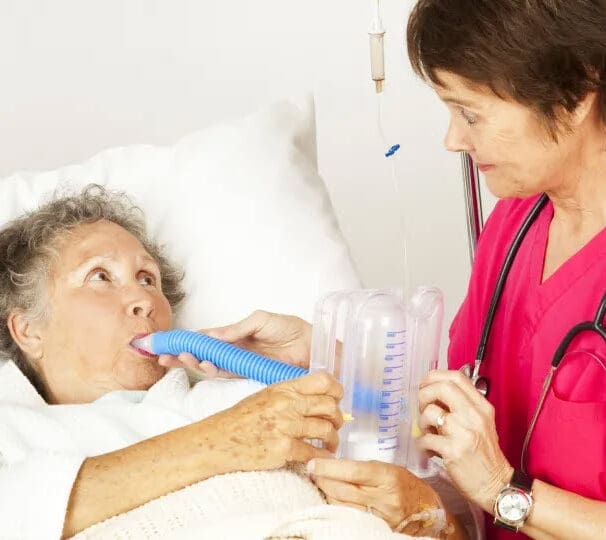HealthProviders DB is a comprehensive database of healthcare providers, including a complete directory of all Palliative/Hospice Certified Respiratory Therapists.
Certified Respiratory Therapist Healthcare Taxonomy Code 2278P3800X
As of today, the following are the total number of Palliative/Hospice Certified Respiratory Therapists nationally, in your State, and near your location.
Select a State below to view the list by State. Additionally, you can narrow the list by city, among other options, from the Filter Panel, which you can open by clicking the vertical ellipses ⋮ in the upper right corner of the app.
Alaska – Alabama – Armed Forces Pacific – Arkansas – American Samoa – Arizona – California – Colorado – Connecticut – District of Columbia – Delaware – Florida – Federated States of Micronesia – Georgia – Guam – Hawaii – Iowa – Idaho – Illinois – Indiana – Kansas – Kentucky – Louisiana – Massachusetts – Maryland – Maine – Marshall Islands – Michigan – Minnesota – Missouri – Northern Mariana Islands – Mississippi – Montana – North Carolina – North Dakota – Nebraska – New Hampshire – New Jersey – New Mexico – Nevada – New York – Ohio – Oklahoma – Oregon – Pennsylvania – Puerto Rico – Palau – Rhode Island – South Carolina – South Dakota – Tennessee – Texas – Utah – Virginia – Virgin Islands – Vermont – Washington – Wisconsin – West Virginia – Wyoming
Medicare
The following are the total number of Palliative/Hospice Certified Respiratory Therapists who accept Medicare in your State, the number who have opted out of Medicare, and the total number excluded from participation in Medicare nationwide.
The diagram below shows all the Palliative & Hospice Certified Respiratory Therapists across the country, represented by blue bubbles. The larger the bubble, the greater the concentration of providers in that area. Red bubbles represent Medicare-excluded providers, with the larger bubbles indicating a higher percentage of excluded providers in that region. You can change the bubble size to be based on exclusions from the Size menu.
What do Palliative/Hospice Certified Respiratory Therapists do?
Palliative and hospice-certified respiratory therapists focus on symptom management for patients with life-limiting respiratory illnesses.
They manage symptoms such as shortness of breath, cough, and secretions, while also providing education and equipment support to patients and caregivers.
Their goal is to improve the quality of life and help patients be as comfortable and functional as possible, often coordinating with an interdisciplinary team.
Symptom management
Breathlessness (dyspnea): Managing shortness of breath using techniques like breathing exercises, relaxation, pacing activities, and adjusting medications.
Cough and secretions: Providing pulmonary hygiene and other methods to manage a chronic cough and excessive respiratory secretions.
Anxiety: Addressing anxiety that can worsen breathing difficulties.
Equipment and therapy
Equipment management: Evaluating, providing, and managing home respiratory equipment like oxygen concentrators, nebulizers, CPAP/BiPAP machines, and mucus clearance devices.
High-flow oxygen therapy: Administering high-flow oxygen to provide relief.
Non-invasive ventilation: Using non-invasive ventilation (like CPAP or BiPAP) to support breathing.
Tracheotomy and ventilator care: Providing care for patients with a tracheotomy and managing the process of ventilator discontinuation.
Education and support
Patient and family education: Educating patients and their families on how to safely and adequately use respiratory equipment and medications.
Caregiver support: Helping caregivers understand the patient’s condition and how to provide appropriate care.
Activity and energy conservation: Recommending strategies to simplify tasks and conserve energy for daily activities.
Team collaboration: Working with an interdisciplinary team, including doctors and nurses, to create a comprehensive care plan.

